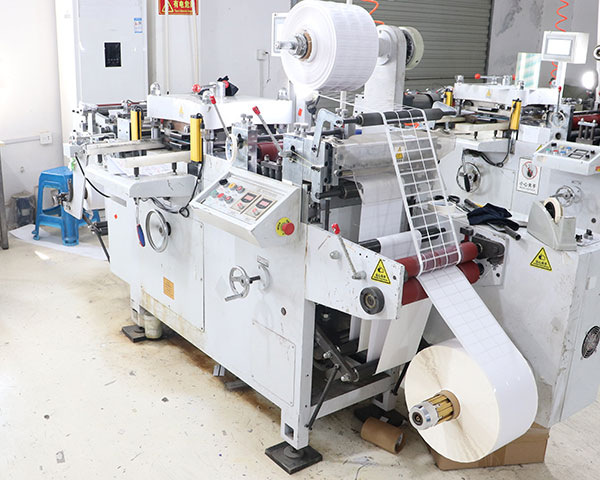
Benefits of Using Self-Adhesive Labels
Publish Time: 2025-08-26
Self-adhesive labels, also known as self-adhesive labels, instant stickers, post-it notes, and pressure-sensitive paper, are composite materials made of paper, film, or specialty materials, with an adhesive backing and a silicone-coated protective paper backing. After printing and die-cutting, the finished label is created. Simply peel the label from the backing paper and apply it to any substrate with a simple press. Labeling machines can also be used for automated labeling on a production line.Compared to traditional labels, self-adhesive labels require no glue, paste, or water, resulting in zero pollution. They save time and are convenient and quick to apply in a variety of applications. A variety of labels with different fabrics, adhesives, and backings can be used on materials that are not suitable for standard paper labels. It can be said that self-adhesive labels are a versatile label.

